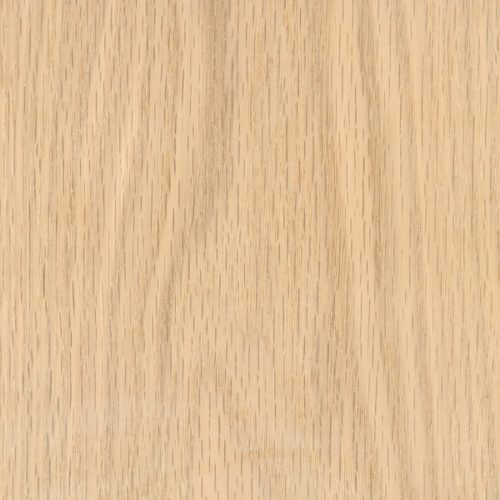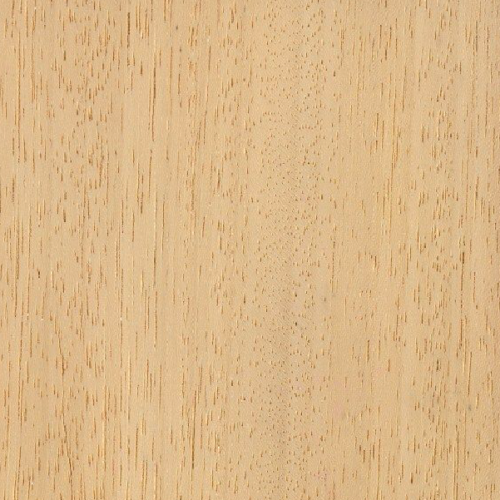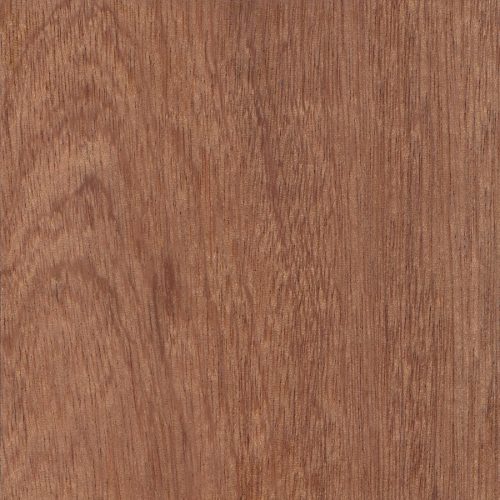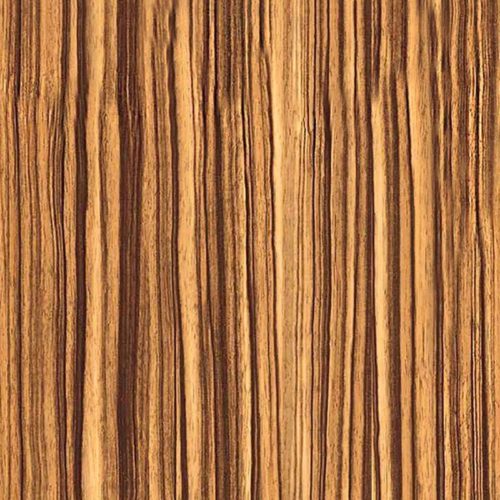-
Scientific Name: Quercus rubra Found mainly in Northeastern United States, Red Oak is perhaps the most popular hardwood in the United States but also in many other regions as well. Given its excellent properties and highly competitive price point, it’s no surprise it is often carpenters and woodworkers choice. Red Oak’s Heartwood is a mildly reddish moderate brown with its sapwood being a lighter brown and a straight grain and uneven texture with quite open pores Rot Resistance: Considered non-durable with poor insect resistance. Working Properties: Red Oak is easy to work with hand and machine tools and machines, glues and finishes well.
-
Scientific name: Triplochiton scleroxylon Samba, also referred to as Wawa and Ayous depending on which country it is grown in tropical West Africa, has a white cream heartwood with a striped figure, interlocked grain. The sapwood is almost indifferentiable from the heartwood. Working Properties Samba is very easily worked with both hand and machine tools. Can have rough surface after machining due to interlocked grain. It also veneers very easily, and has good gluing and nailing properties. Rot Resistance Both heartwood and sapwood are susceptible to insect attack, termites and decay.
-
Scientific Name: Entandrophragma cylindricum Also commonly referred to as Sapele, Sapeli, is found in tropical Africa. With a golden red heartwood and many different patterns it comes in depending on cut from quilted, wave, or ribbon like. Sapele’s grain is interlocked with a and has lush natural luster. Working Properties: Due to interlocked grain, it can be problematic to work in some machining such as planing and routing planing. Sapele glues finishes and stains well but could have some blunting effect on cutters. Rot Resistance: Moderate to highly durable to durable with regards to decay resistance and moderate for insect resistance.
-
Scientific Name: Microberlinia brazzavillensis Grown in West Africa, Zebrano’s heartwood is light brown beige color with distinct dark brown streaks that be resemblance to the Zebra’s skin pattern. The pattern of the stripes will depend on how the lumber is sawn. It has a course texture, wavy and interlocked grain. Working properties Zebra general machines well, however the interlocked grain can present challenges for planning and surfacing. It glues and finishes well. Rot Resistance It is rated as highly resistant to decay and insect attack





Get Social